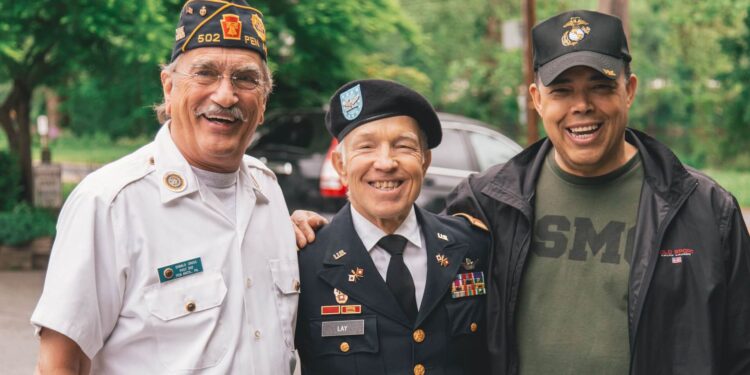The purpose of these programs is to allow senior veterans to either delay going into a nursing home and select the care environment that they prefer, or to age in place at home. What they’ve discovered is that veterans who use these services have fewer trips to the emergency room, fewer hospital admissions and fewer stays in nursing homes.
Medical foster homes are what you’d imagine: private homes where there is a trained caregiver 24/7. While living at one of these homes, the veteran receives home-based primary care. See www.va.gov/geriatrics/pages/Medical_Foster_Homes.asp for a list of the available medical foster home programs by state.
Home-base primary care is medical services supervised by a VA physician. Typically, the veteran has complicated health needs and is unable to keep medical appointments because of illness or perhaps has a caregiver who needs help because of the responsibility for medical care. See www.va.gov/GERIATRICS/pages/Home_Based_Primary_Care.asp for more information.
Veteran-directed care lets veterans receive both the home and community-based services they desire, like choosing from a menu. Veterans often need help with activities of daily living, or there is a caregiver who needs help. Daily living activities can range from dressing, eating and taking a shower to grocery shopping and more. Each veteran is given a budget for those services, which is managed by either the veteran or the veteran’s representative. This menu of services lets veterans stay in their own homes. See www.va.gov/geriatrics/pages/Veteran-Directed_Care.asp for more information.
For a full menu of services for senior veterans, see www.va.gov/GERIATRICS/index.asp. Caregiver information, fitness and rehab, brain health, advance care planning … it’s all there.
(c) 2022 King Features Synd., Inc.
Photo by Craig Adderley


